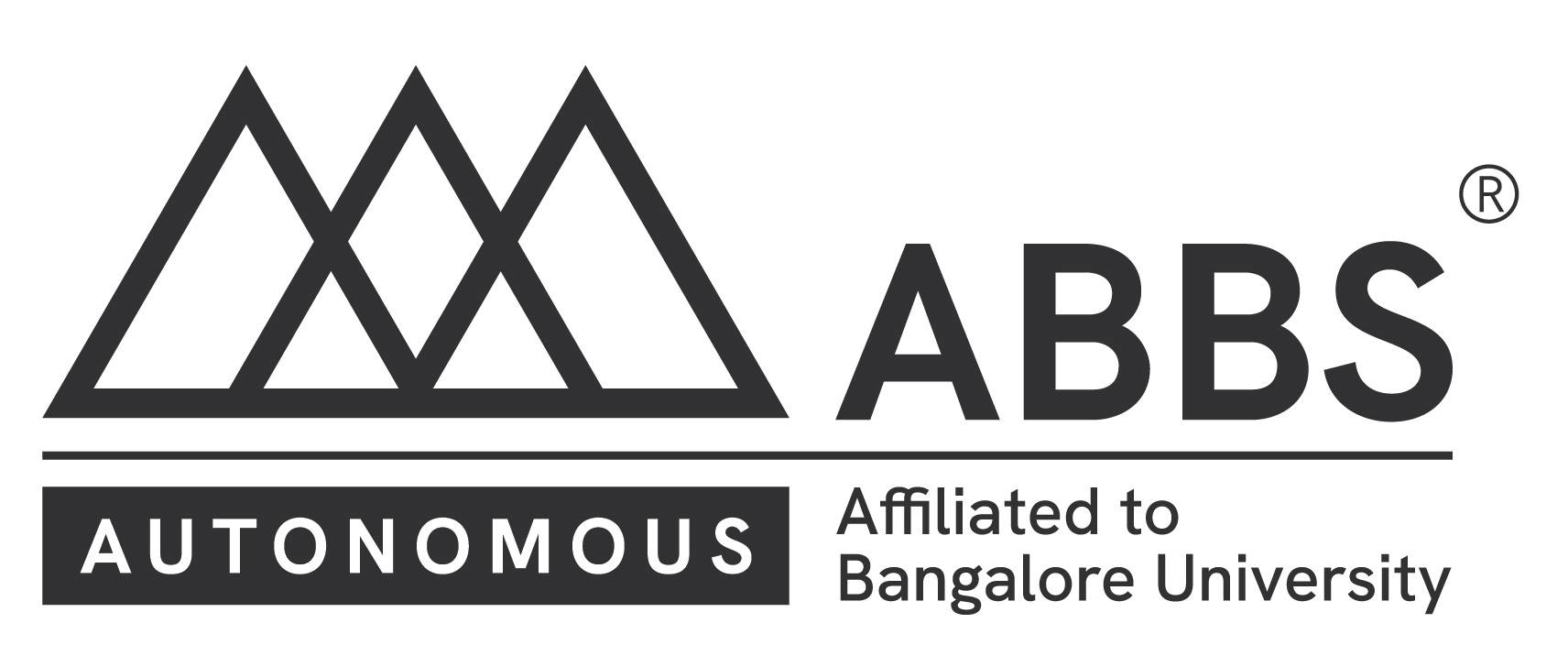MUST READ: GREAT MANAGEMENT BOOKS
There are different perspectives to being a powerful manager, however all that really matters is: one’s capacity to be in charge of directing and overseeing an organization’s activities and representatives. Other than altogether understanding the business, one must be a motivator and a pioneer. Given all that, craving for being a manager is necessary for anyone to succeed
There are a large number of books about management which have withstood the test of time. Whether you are a manager or plan to be one, these books will help you.
- How to Win Friends and Influence People by Dale Carnegie There’s a good reason as why you see this title on countless bookshelves: it holds timeless advice on the myriad soft skills that make a truly effective leader. Skills such as making people feel important and appreciated. This classic holds gems of advice that will make you a better leader, effective motivator, and persuasive negotiator.
- The Age of Unreason (1989) by Charles Handy
Handy’s 1989 book made a powerful case for what might then have been called, without irony, outside-the-box business thinking. Handy, then a visiting professor at the London Business School, described dramatic social changes going on in everyday life and in the workplace. New technologies and the decrease of full-time positions, among other transformations, requires abandoning the established rules and experimenting with new ways of working with one another.
- Management: Tasks, Responsibilities, Practices by Peter Drucker
Management is an organized body of knowledge. “This book,” in Peter Drucker’s words, “tries to equip the manager with the understanding, the thinking, the knowledge and the skills for today’s and also tomorrow’s jobs.”
- 7 Habits of Highly Effective People: Powerful Lessons in Personal Change by Stephen R. Covey
The late Covey remains a world-renowned leadership expert, and as his most famous work, this book focuses on both personal and professional effectiveness. Covey advises that true leadership starts from within, teaching readers how to manage their inner well-being, create a personal vision, and cultivate self-control. Once you’ve mastered yourself, you can begin to extend your influence outward to create real relationships with those around you.
- In Search of Excellence: Lessons from America’s Best-Run Companies by Thomas Peters and Robert H. Waterman
What Peters discovered was that regardless of how different each company was, they shared eight basic principles of management that anyone can use on their way to success. Here they are, amply illustrated with anecdotes and examples from the experiences of the best-run companies in the world. Off course an ‘antithesis’ of the book emerged in the later years.
- Built to Last: Successful Habits of Visionary Companies by By James C. Collins, Jerry I. Porras
This is not a book about charismatic visionary leaders. It is not about visionary product concepts or visionary products or visionary market insights. Nor is it about just having a corporate vision. This is a book about something far more important, enduring, and substantial. This is a book about visionary companies.” So write Jim Collins and Jerry Porras in this groundbreaking book that shatters myths, provides new insights, and gives practical guidance to those who would like to build landmark companies that stand the test of time. Drawing upon a six-year research project at the Stanford University Graduate School of Business, Collins and Porras took eighteen truly exceptional and long-lasting companies — they have an average age of nearly one hundred years and have outperformed the general stock market by a factor of fifteen since 1926 — and studied each company in direct comparison to one of its top competitors.
- Toyota Production System (1988) by Taiichi Ohno
After World War II, Taiichi Ohno, an engineer at Toyota, began experimenting with the assembly lines at the Japanese firm’s automobile factories. His goal was to improve efficiency and catch up with America’s Big Three. The result of Ohno’s thinking changed the manufacturing industry forever. Ohno and his managers devised the Toyota Production System, more broadly known as “lean manufacturing,” which gave Toyota a huge edge in productivity and quality control. The new system ensured Toyota’s position as an industry leader, and its principles were adopted within factories across sectors and countries. This little gem of a book outlines Ohno’s quest and provides insights into the crucial process of innovation that are valuable for managers of all types.
- Who Moved My Cheese? (1998) by Spencer Johnson
This slender work, a parable of mice and (little) men in a maze, can be read in 30 minutes, max. Its message is simple: Embrace change because it is inevitable. Nonetheless, there is a cult of Cheese, composed of readers (some of them CEOs) who extol the virtues of this book and say that it has changed their lives and workplaces. Truckloads of books have been handed out by top executives who hope to make their employees more flexible than Hem, the intransigent character who bellows the title line when faced with changed circumstances. The book also has its share of detractors, in the form of parodies with names like “Who Cut the Cheese?” But Johnson, also the co-author of The One Minute Manager, is undoubtedly laughing all the way to the bank; Cheese is the bestselling business book of all time, with more than 20 million copies sold.
- The Essential Drucker (2001) by Peter Drucker
Over a career that spanned nearly 60 years before he died in 2005 at age 95, Peter Drucker almost single-handedly invented the field of management theory. For most of the last half of the 20th century, he was the superstar CEO’s guru, counseling everyone from Alfred Sloan to Andy Grove. And not in the fuzzy-headed, inspirational, bromide-spouting guru sense you see today. Drucker had no time for discussing who moved your cheese, and his insights were distinctive for being simultaneously crystalline yet deeply contrarian — and, frequently, a generation ahead of their time. Just one example: He was talking about the rise and importance of “knowledge workers” in the 1970s, when the phrase was a good two decades from common parlance. With 30 books to choose from, it’s probably best to start with The Essential Drucker, a potent 26-piece collection selected by Drucker himself in 2001 as a comprehensive representation of his life’s work.
- First, Break All the Rules: What the World’s Greatest Managers Do Differently by Marcus Buckingham and Curt Coffman
In “First, Break All the Rules,” the remarkable findings of this massive in-depth study of great managers is turning each employee’s talent into performance. The world’s greatest managers differ in sex, age, and race. They employ different styles and focus on different goals. Despite their differences, great managers share one trait: They break virtually every rule conventional wisdom holds sacred. They don’t believe that, with enough training, a person can achieve anything he sets his mind to. They don’t try to help people overcome their weaknesses. They disregard the golden rule. They even play favorites.
- Turn The Ship Around by L. David Marquet
Turn the Ship Around! is the true story of how the Santa Fe skyrocketed from worst to first in the fleet by challenging the U.S. Navy’s traditional leader-follower approach. No matter your business or position, you can apply Marquet’s radical guidelines to turn your own ship around. The payoff: a workplace where everyone around you is taking responsibility for their actions, where people are healthier and happier, where everyone is a leader.
- My Years with General Motors by Alfred Sloan Jr.
The book became an instant bestseller when it was first published in 1963. It has since been used a manual for managers, offering personal glimpses into the practice of the “discipline of management” by the man who perfected it. This is the story no other businessman could tell–a distillation of half a century of intimate leadership experience with a giant industry and an inside look at dramatic events and creative business management.
- Competing for the Future (1996) by Gary Hamel and C.K. Prahalad
Stating that their book “provides would-be revolutionaries with the tools and concepts they need to challenge the protectors of the past,” Hamel and Prahalad argued for a much broader conception of business strategy — a redefinition that has since solidified into a received truth. They show that strategic planning must happen all the time, not just during discreet breaks from a company’s regular business; that it must be emotional, meaningful, and purpose-driven, not just analytical; and that this impulse must be nurtured throughout an organization, not just among strategists and consultants. Among the key teachings is that executives need to actively nurture their company’s “core competencies” to anticipate — and not merely adapt to — industry changes.
- Emotional Intelligence (1995) by Daniel Goleman
What factors are at play, asks the author, “when people of high IQ flounder and those of modest IQ do surprisingly well?” Those qualities, such as self-control, persistence and motivation, are known as emotional intelligence or EQ. Without them, writes Goleman, careers are often unnecessarily dashed on the rocks. There is hope, though: “Temperament is not destiny,” he writes. The author explains how a higher EQ can be developed through psychological education. The compelling ideas the author introduces have since become a means of assessing and nurturing an employee’s behavior and management skills.
- The Goal (1984) by Eliyahu Goldratt
Eliyahu Goldratt’s The Goal is unusual among business management books for at least two reasons. First, Goldratt wasn’t a titan of industry, a b-school professor, or even a consultant, but rather a physicist. Second, The Goal is a novel. Centered on a production manager named Alex Rogo who has three months to turn around a deficient, unprofitable manufacturing plant, The Goal explains the “Theory of Constraints,” which among other points incorporates the idiom, “A chain is only as strong as its weakest link;” and focuses on bottlenecks, the great hindrances to productivity. Rogo uses the Socratic method to help fix his marriage, then applies it to his plant crew, coming up with steps to solve the plant’s problems. The Goal has been in print since 1984, and a revised third edition was released on the book’s 20th anniversary. So does Rogo achieve his goal? You’ll have to read it to find out.

Prof. Heena Koser
Assistant Professor
Acharya Bangalore B School
Bangalore.





